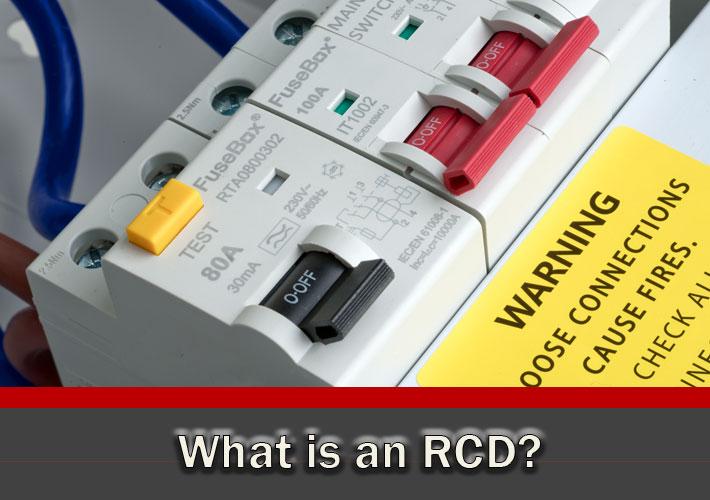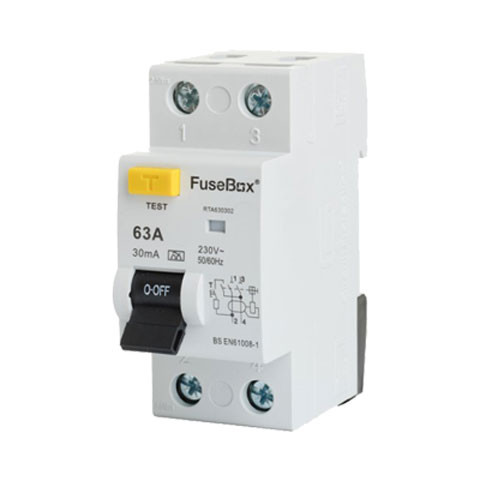What is an RCD?
A basic circuit protection setup would usually consist of a consumer unit, miniature circuit breakers and an RCD (Residual Current Device). The RCD would be used as the incoming device which feeds the electrical supply to the circuit breakers. In the event of an electrical in-balance, the RCD trips out and disconnects the supply to the circuit breakers. In this article I will provide information about the residual current device and explain its uses.
A residual current device or better known as an RCD is a key safety device in the electrical world. An RCD is used primarily to protect a human being from a hazardous electrical shock. If there is a defect with an appliance in the household, the RCD reacts because of the power surge and disconnects the electric current. The RCD is fundamentally designed to respond quickly. The residual current device oversees the electric current and the instant of any abnormal activity the device rapidly reacts.
The Simple fact is that a residual current device prevents many fatalities around the world from electrical shock. It can be classed as a life saver in due respect because of the safety capabilities it provides. Furthermore, the RCD prevents many non-fatal injuries too in the domestic and commercial sector where electricity is involved. Residual current devices are generally installed by qualified electricians who usually pair it with a consumer unit to house the device and connect it to the electrical network.
The appearance of a common RCD is a small switch which you can operate and is located inside a consumer unit or fuse board. It is quite easy to locate a consumer unit in a household. It generally looks like a white box and can be typically located anywhere from underneath the stairs, the garage, a basement or maybe even a kitchen cupboard.
In a case where a light bulb fails in a household, sometimes the RCD will need to be reset in order for the lighting circuit to work again. The surge of electricity that causes the light bulb to fail will ultimately trip out the RCD. To enable the lighting circuit to work again just flip the switch on the RCD to reset the circuit. Once reset, the lighting circuit should come back on and return to normal.
Overall it is vital to have an RCD in operation located in a household. If there is not one installed there could be a risk of not having full circuit protection for the electrical circuits. You can also use an RCBO (Residual Current Circuit Breaker with Overload Protection) which is a combination of a circuit breaker and RCD in one neat device. If you use all RCBOs to protect your circuits instead of circuit breakers, you don't an RCD as the RCBOs (shown in the image below) provide their own form of residual protection.
Lighting or many other appliances could be at risk of failure if there is one power surge through the electrical current. In order to be protected from these power surges it is highly recommended that this key safety device is installed within the property.
Expert Electrical RCD & Circuit Protection



